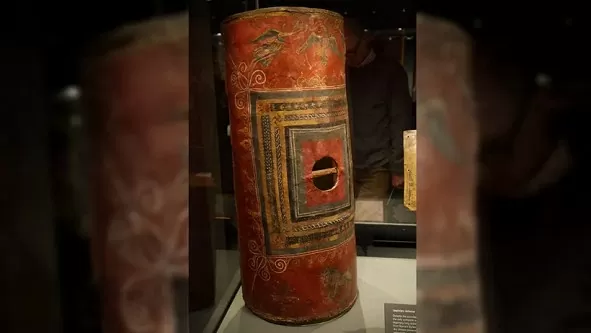 |
| A 1,800-year-old Roman warrior shield was discovered in the ancient city of Dura-Europos in Syria. (Source: Live Science) |
This semi-cylindrical shield, part of the collection of the Yale University Art Gallery (USA), is one of the few surviving artifacts of the Roman warrior shield, a type of shield popular from the fourth century BC to the third century AD.
The artifact was unearthed in the ancient city of Dura-Europos in Syria nearly a century ago, and belonged to a Roman soldier who died in battle.
Very few examples of this type of shield have survived over the millennia, although it is well known through depictions in art and film. Several layers of wood were pressed together to form a surface 105.5 cm high, 41 cm wide and about 6 mm thick.
The front of the shield was covered with leather, which was then painted. According to the Yale University Art Gallery, the painted decorations depict Roman symbols of victory, including an eagle with a laurel wreath, the winged god Victory, and a lion."
The shield was discovered by archaeologists in 1933 under a fortress tower during excavations of the ancient city of Dura-Europos. The Romans made Dura-Europos part of their empire in 165 AD, becoming a trading center in the eastern part of the Roman Empire. But the city was abandoned in 256 AD after being attacked by soldiers of the Sasanian Empire (ancient Iran).
Archaeologists found the skeletons of 19 Roman soldiers, weapons, armor, and this shield, in a tunnel beneath the fortress tower. It is possible that the soldiers were trapped and suffocated in the collapsed tunnel. Some experts believe that Sasanian soldiers waited in ambush for the Romans to break through. When the Romans emerged, the Sasanians used naphtha - an ancient chemical weapon - to suffocate them.
After the battle with the Sasanians, the city's inhabitants fled and Dura-Europos was gradually buried by the desert sands. The site was forgotten until 1920, when American archaeologist James Henry Breasted rediscovered the ancient city.


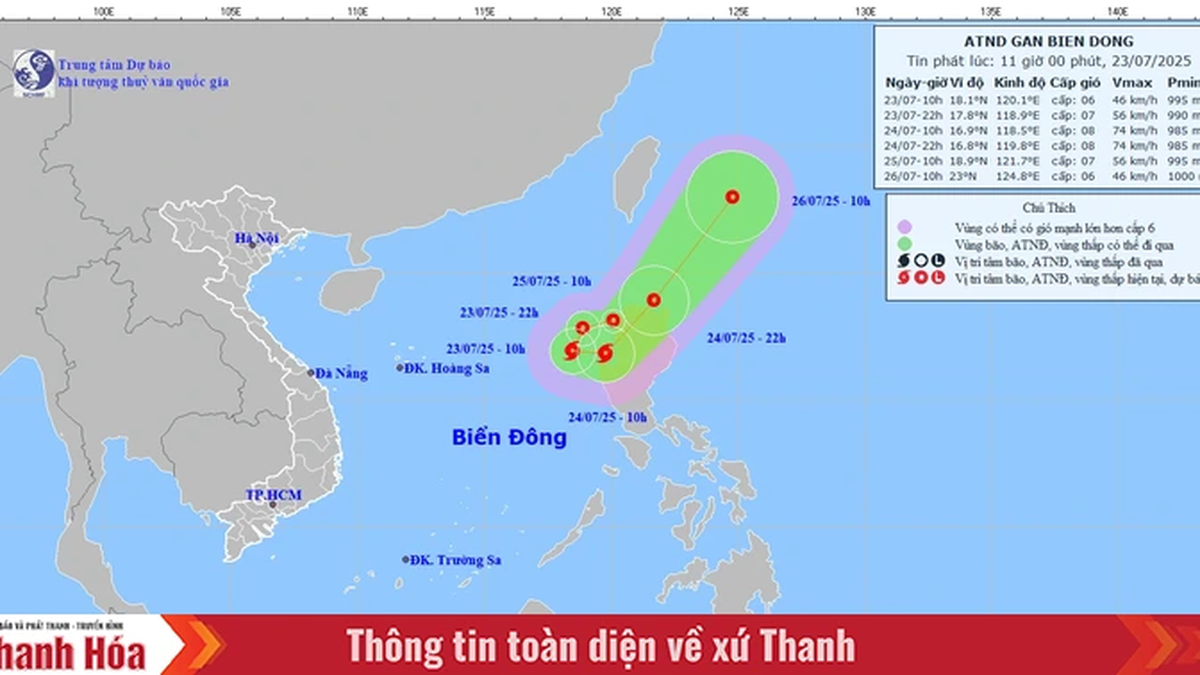



































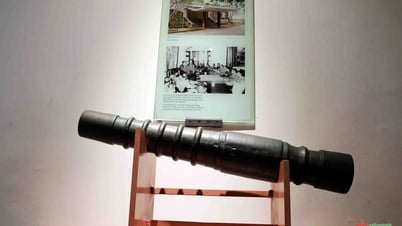

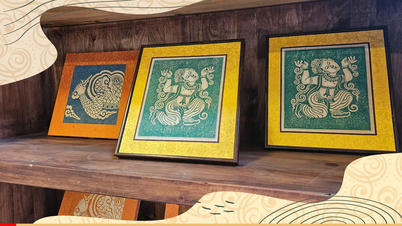

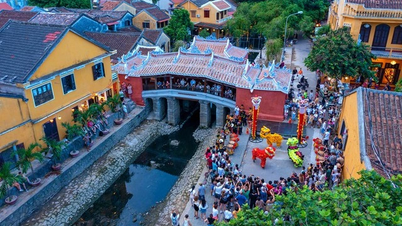































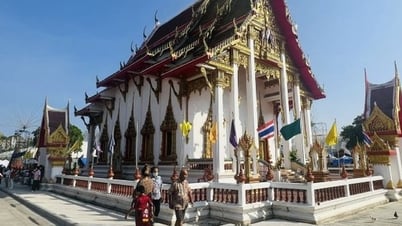




















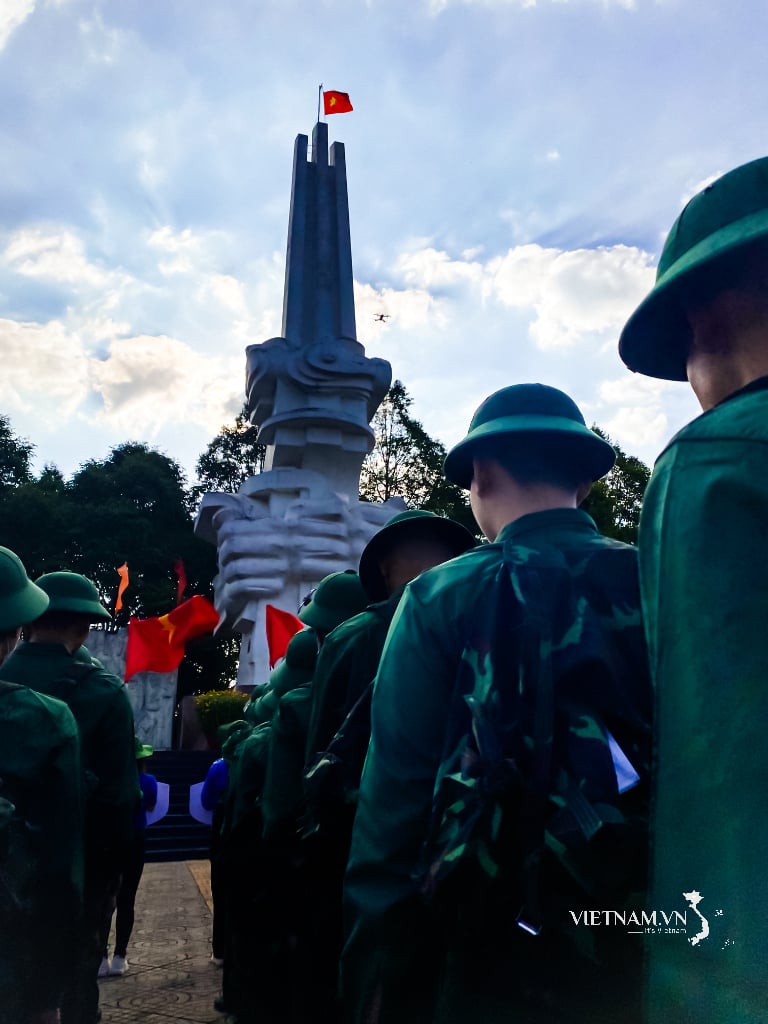
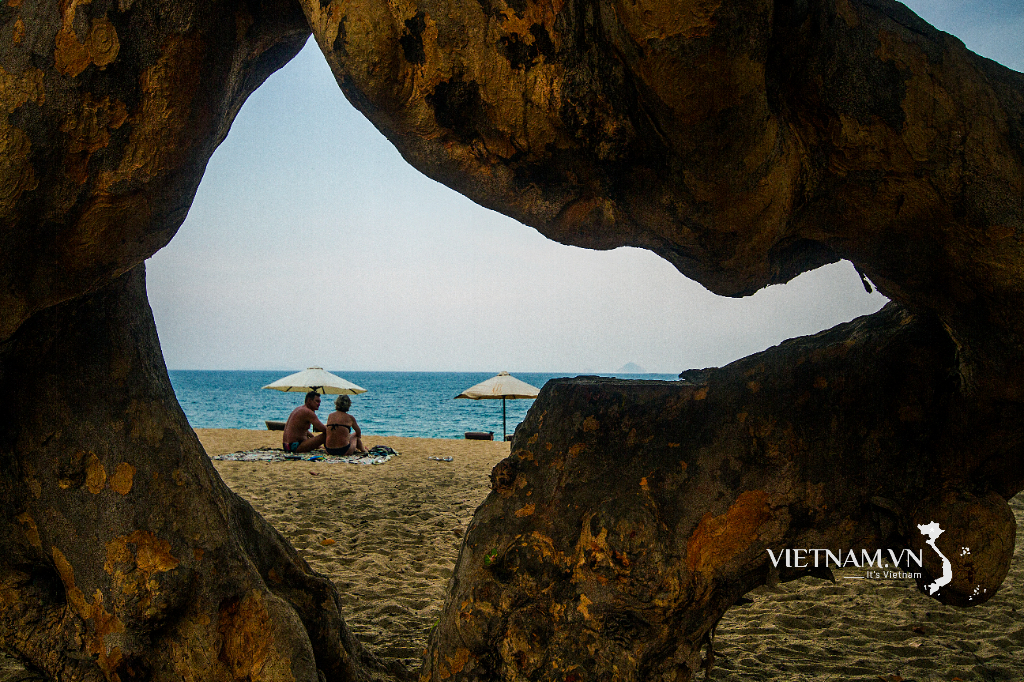


Comment (0)